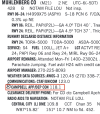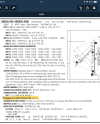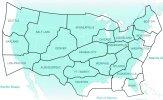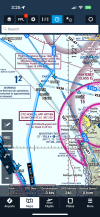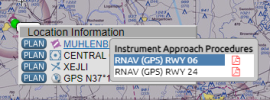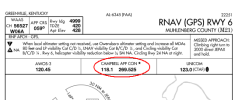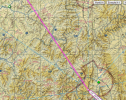New member here. The thing said I could not search yet so I thought I would ask. I have been out of flying for several years and getting back into it. I think maybe one more trip and I can solo. My question is about flight following. I'm sure I have a brain fart going but I have been unable to learn through my studies who I am suppose to call to request FF. so for example I would want to pick it up over M21 and go direct to MRC. I have figured out on an IFR chart that Memphis is the area that it is in. I have also been told to call Fort Campbell on 118.1. I cannot seem to find out which one is correct, if both are, if Nashville may be right. I don't know if Memphis can hear me and respond that far away?
I have the pilot manual, and IFR one, and a book called Say again please. some how I cannot connect the dots. So if someone could learn me this I would be thankful.
David
I have the pilot manual, and IFR one, and a book called Say again please. some how I cannot connect the dots. So if someone could learn me this I would be thankful.
David

